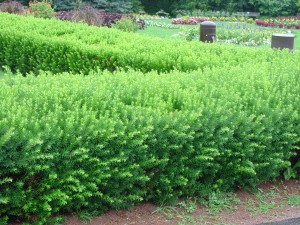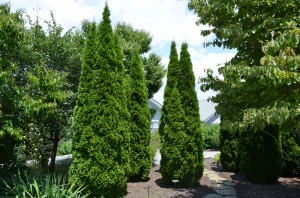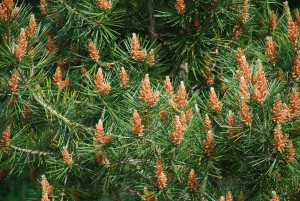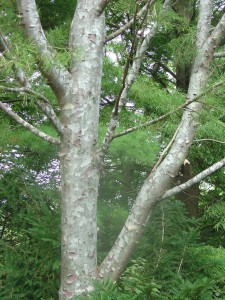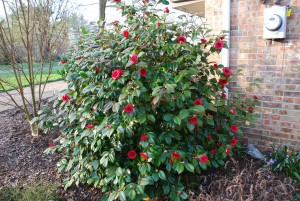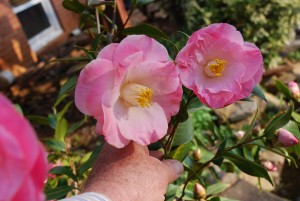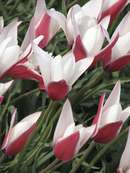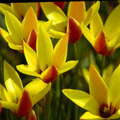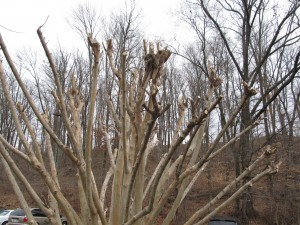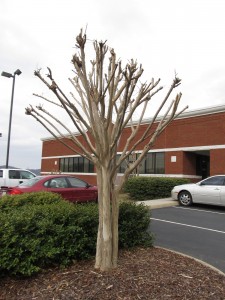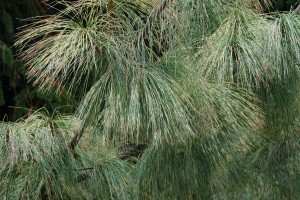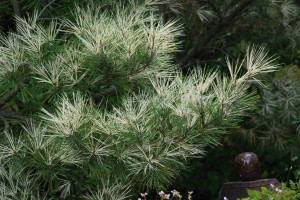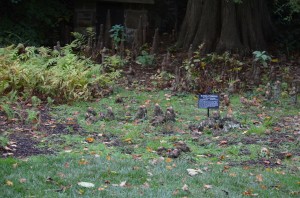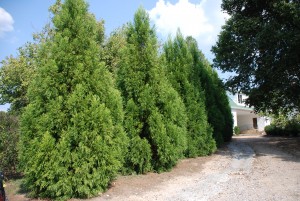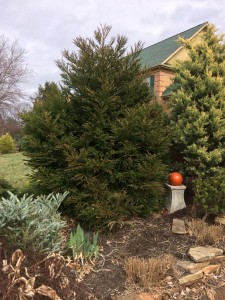Before planting conifers in your landscape, it’s absolutely important to know the drainage (percolation rate) of the soil, particularly if it is clay-based. Most conifers prefer well-drained sandy and clay loam soils.
To determine your soil type and rate of drainage, try the “hole test” recommended by Virginia Tech University horticulturists. Dig a hole approximately one foot deep and fill it with water. Time the rate (on an hourly basis) of water drainage out of the hole. If the water drains away at about one inch per hour, you have a desirable, well-drained soil. If drainage is much faster, your soil is probably high in sand, and if much slower, your soil is probably high in clay.
You might try replacing the soil in an extra wide planting hole with coarse sand or pea gravel. To prevent plant losses on soggy wet soils, set conifers on an incline plane or rolling slope so the roots will not drown in the low oxygen soil. A final alternative is to plant the root ball shallow on high soil mounds or berms.
Some conifer species adapt to poorly drained soils such as bald cypresses (Taxodium spp.), dawn redwood (Metasequoia), and arborvitaes (Thuja spp.). Eastern larch (Larix laricina) lives in swamps in the northeast U.S. and Canada, but most Larix species do not like wet feet. Nootka or Alaska cedars (Xanthocyparis nootkatensis) prefer moist soils that must be adequately drained. Coastal populations of Atlantic Whitecedar (Chamaecyparis thyoides) inhabit swampy environs, but many treasured collector cultivars don’t seem to prosper on wet sites.
Yews (Taxus spp.), pine (Pinus spp.), spruce (Picea spp.), and firs (Abies spp.) demand ideal drainage all the time. Plant with good soil with the proper amounts of soil amendments.

